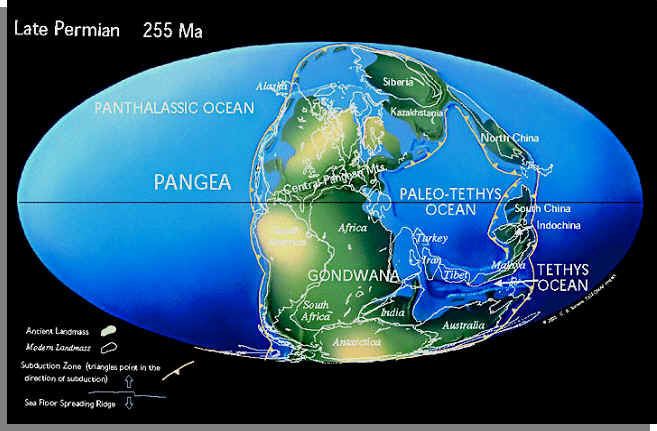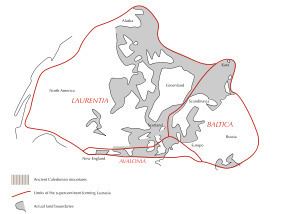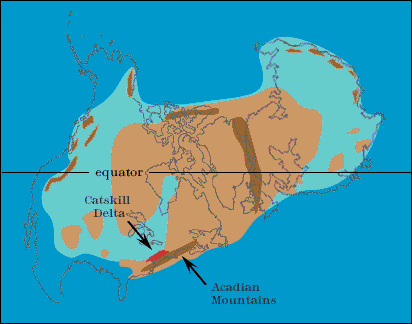The euramerican continent silurian geography
Euramerica (also known as Laurussia (not to be confused with Laurasia), the Old Red Continent or the Old Red Sandstone Continent) was a minor supercontinent created in the Devonian as the result of a collision between the Laurentian, Baltica, and Avalonia cratons (Caledonian orogeny), 433 million years ago. In the Late Carboniferous, tropical rainforests lay over the equator of Euramerica. A major, abrupt change in vegetation occurred when the climate aridified. The forest fragmented and the lycopsids which dominated these wetlands thinned out, being replaced by opportunistic ferns. There was also a great loss of amphibian diversity and simultaneously the drier climate spurred the diversification of reptiles.
Contents

Extent

Euramerica became a part of the major supercontinent Pangaea in the Permian. In the Jurassic, when Pangaea rifted into two continents, Gondwana and Laurasia, Euramerica was a part of Laurasia.

In the Cretaceous, Laurasia split into the continents of North America and Eurasia. The Laurentian craton became a part of North America while Baltica became a part of Eurasia, and Avalonia was split between the two.
Events

